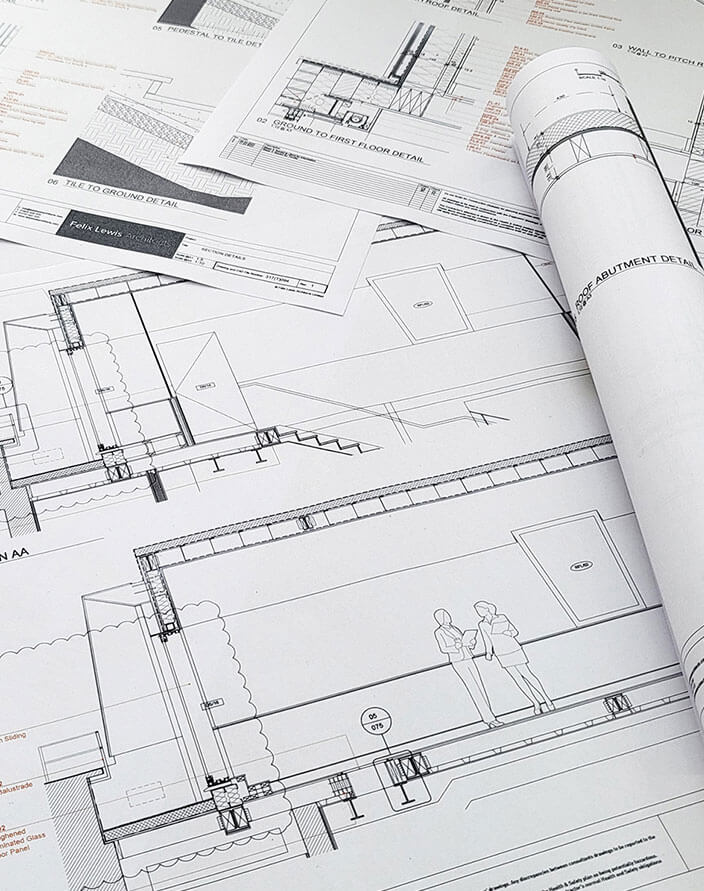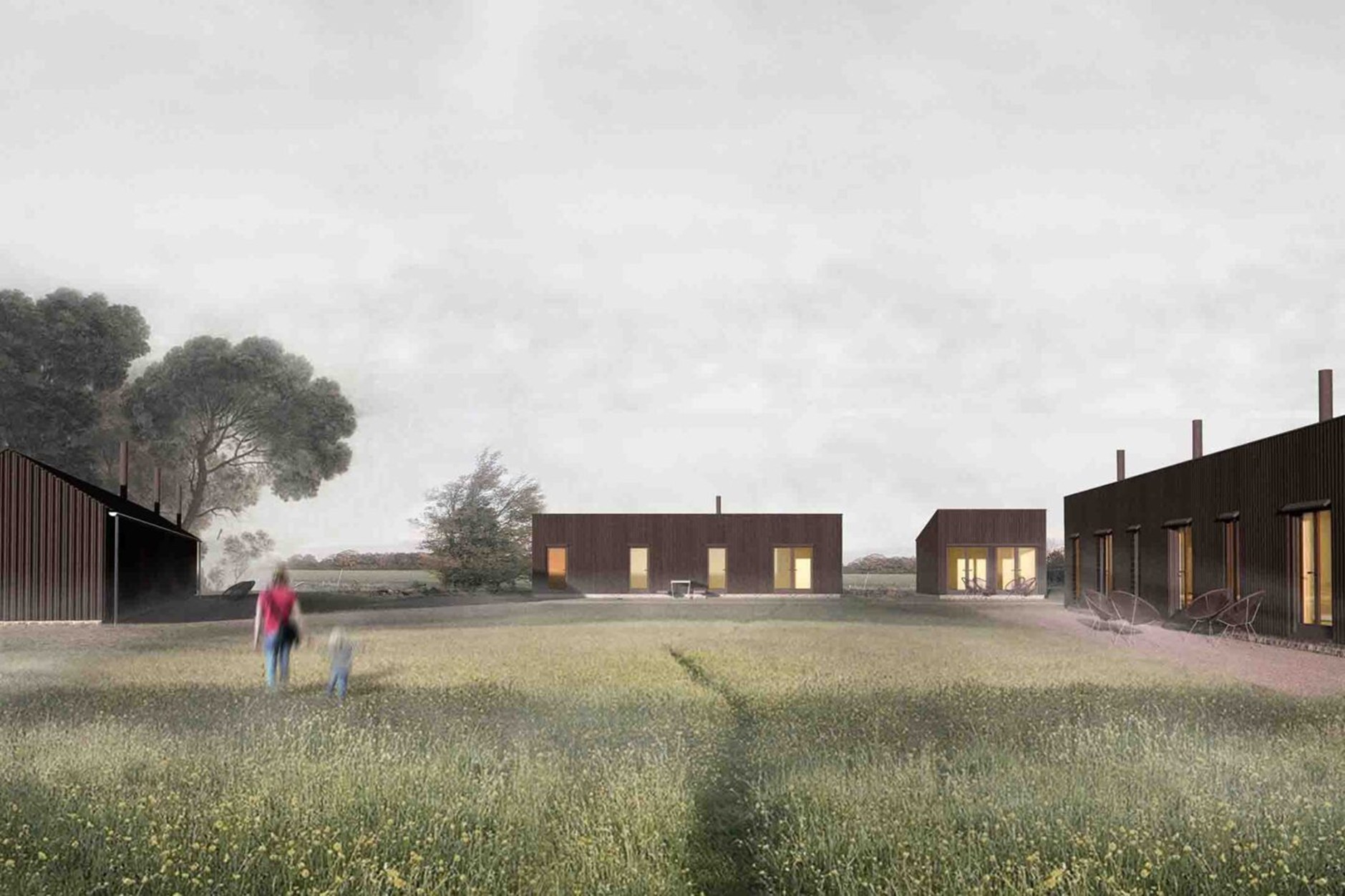Why Should I use an Architect on my Project?
Considering a Building Extension? Here's What You Need to Know

When most people first start thinking about extending their home, the first question they ask is usually: “How big can we make it?”
It’s a fair question—but it’s not always the most helpful starting point. In fact, focusing only on square metres often leads to missed opportunities. Because here’s the thing: the quality of space—the way light moves through it, how people interact within it, and how it feels to live in—is usually far more valuable than simply making a house bigger.
Sometimes, reorganising the space you already have can do more for your lifestyle (and your budget) than just adding an extra box on the back. And that’s exactly where an architect comes in.
The Myth of “Bigger is Better”
It’s tempting to assume that more space will solve all your problems. But as architects, we often find that small, thoughtful changes make the most dramatic difference.
Picture this: you’ve got a dark kitchen at the back of the house. Adding a 4-metre extension might give you more floor space, but what if instead we reconfigure the layout, introduce rooflights, or open up sightlines to the garden? Suddenly, the room feels twice as large—without needing twice the budget.
This isn’t to say that extensions aren’t fantastic—they often are—but how you design them is what makes the difference between a functional add-on and a truly joyful living space.
For inspiration, take a look at Dezeen’s collection of home extensions to see how creative design can completely transform a property.

The Variety of Projects Architects Work On
At our practice, we work on everything from compact garden rooms—perfect as a home office, gym, or pool house—to large-scale refurbishments and new-build homes that can span over 600 square metres.
To put that into perspective, the average new four-bedroom house in the UK is usually between 90 and 130 sqm (see Nationally Described Space Standards). So, whether it’s designing a cosy retreat at the end of your garden or a sprawling family home, the scale might change—but the principle is always the same: creating spaces that feel considered, harmonious, and perfectly tailored to your lifestyle.
Want to see what that looks like in practice? Browse our portfolio or follow us on Instagram for design inspiration and behind-the-scenes updates.

Where to Begin With Your Project
If you’re considering a building extension, refurbishment, or even a brand-new house, here are some things worth keeping in mind:
1. Involve an Architect Early
It’s tempting to call a builder first—but remember: builders are experts in construction, not design. If you start with a builder, you might end up with something that “works” structurally but doesn’t maximise the space’s potential.
Architects are trained to think holistically: how the space looks, how it flows, and how it fits your lifestyle. We can give you a clear overview from day one, including design options, planning considerations, and what’s realistically achievable.
Most projects that need planning permission also require architectural drawings. Working with an architect ensures your plans are both compliant and designed with creativity at their core. You can learn more about the planning process on the Planning Portal.
2. Be Honest About Budget
No one enjoys talking about money, but it’s vital to set a realistic budget early on. Construction is a big investment, and a well-thought-out budget avoids nasty surprises later.
An architect can help you prioritise where to spend and where to save, making sure your money goes into what really matters—whether that’s natural light, materials, or storage.

3. Think of Design as an Investment
Good design doesn’t just look beautiful—it works harder for you. Well-designed homes are more energy-efficient, more comfortable, and more adaptable over time.
And here’s a bonus: thoughtful design can increase your property’s long-term value. Research from the Royal Institute of British Architects (RIBA) has shown that homes designed with light, flow, and functionality in mind often achieve higher resale prices. In other words, investing in good design pays dividends.
Key Questions to Ask Yourself
Before you get too far into the process, it helps to reflect on a few questions:
- What are your goals? Do you want more space, better light, or simply a home that works better for your lifestyle?
- What’s your design style? Do you want the new space to blend seamlessly with your existing home, or are you open to a striking contrast?
- How do you define “contemporary”? Remember, all design is contemporary—it’s created today, using today’s technologies and ideas. The question is whether you want a timeless feel, something bold, or something in-between.
- Do you care about sustainability? If energy efficiency or ecological design is important to you, let us know early so we can integrate more environmentally friendly solutions. (See UK Green Building Council for more on sustainable design.)

Collaboration Is Key
Embarking on a building project is personal—and sometimes emotional. You’re not just building walls; you’re shaping the way you’ll live for years to come.
That’s why the relationship between you and your architect is so important. Choose someone you trust, who listens to your ideas, and who communicates clearly. Good collaboration ensures your project is not only practical but also deeply personal to you.
The Architect’s Role: Beyond the Drawings
So, what exactly do architects do? Sure, we draw plans—but our role is far bigger than that. We’re problem-solvers, storytellers, and advocates for your vision.
For example, you might think you’re simply adding a utility room. We’ll ask: how does that affect the flow of the kitchen? Can we bring more light into the hallway at the same time? Does this give us the opportunity to improve garden access?
In other words, architects think beyond the immediate brief. We’re trained to see the bigger picture—ensuring every design decision works together to create a home that feels effortless.
As RIBA puts it: “Good architecture enriches lives.”
Let's Talk About Your Project
If you have a project in mind — or even just an idea — why not get in touch? We’d be happy to chat about how we can help you design something that works beautifully for your life and the planet.
Drop us a line at info@felixlewisarchitects.com, and let’s set up a time to talk.
